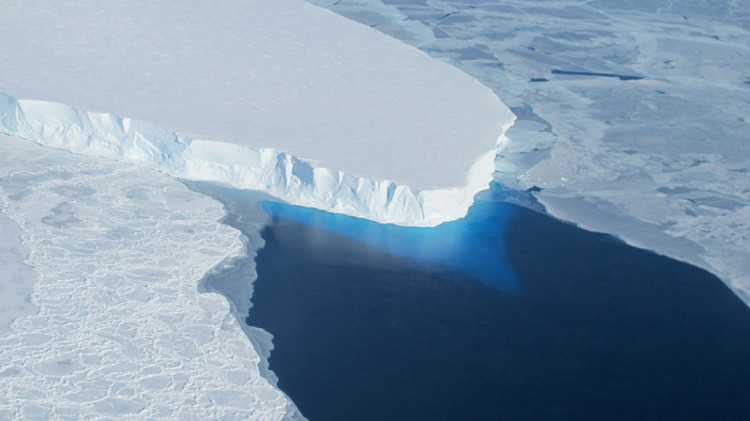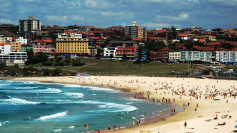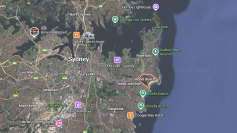By 2050, numerous UNESCO World Heritage sites' glaciers, including Kilimanjaro National Park and Yellowstone, are likely to disappear, according to a report released by the UN on Thursday (Nov. 3).
The authors of the new study warned they will melt regardless of what is done to stop climate change.
The study, according to UNESCO, "shows these glaciers have been retreating at an accelerated rate since 2000 due to CO2 emissions, which are warming temperatures."
The UN agency noted the glaciers were losing 58 billion tonnes of ice annually, which is equal to the whole amount of water used by France and Spain every year, and were to blame for 5% of the recorded rise in sea level.
"Glaciers in a third of the 50 World Heritage sites are condemned to disappear by 2050, regardless of efforts to limit temperature increases," UNESCO said. "But it is still possible to save the glaciers in the remaining two-thirds of sites, if the rise in temperatures does not exceed 1.5 degrees Celsius compared to the pre-industrial period."
Countries have pledged to limit global warming to 1.5 degrees Celsius above pre-industrial levels, a target that the world is on track to miss based on current emissions trends.
The report, which uses satellite data to establish forecasts, comes as world leaders prepare to convene in Egypt for the COP27 climate change meeting next week.
In 50 UN World Heritage sites, over 18,600 glaciers have been identified. They cover over 10% of the Earth's glacierized surface and include well-known tourist destinations as well as spiritual sites for local inhabitants. The report stated that the retreat and extinction of glaciers was "among the most dramatic evidence that Earth's climate is warming."
According to UNESCO, all of Africa's World Heritage Sites, including Mount Kenya and Kilimanjaro National Park, would likely be devoid of glaciers by the year 2050. In three decades, it's likely that some of the glaciers in Europe's Pyrenees and Dolomites will also be gone.
The same was true of the glaciers in the American national parks of Yosemite and Yellowstone.
One of the top 10 key threats from climate change, according to a report from the Intergovernmental Panel on Climate Change released in February, is the melting of ice and snow.
Local communities and indigenous people would face the brunt of the flooding caused by glacier loss, according to the report's authors, who urge the implementation of early-warning and risk-reduction disaster systems.
The most obvious thing we need to do, though, is curb global warming.
"This is really a call to take action at every level - not only at the political level, but at our level as human beings," the authors concluded.






